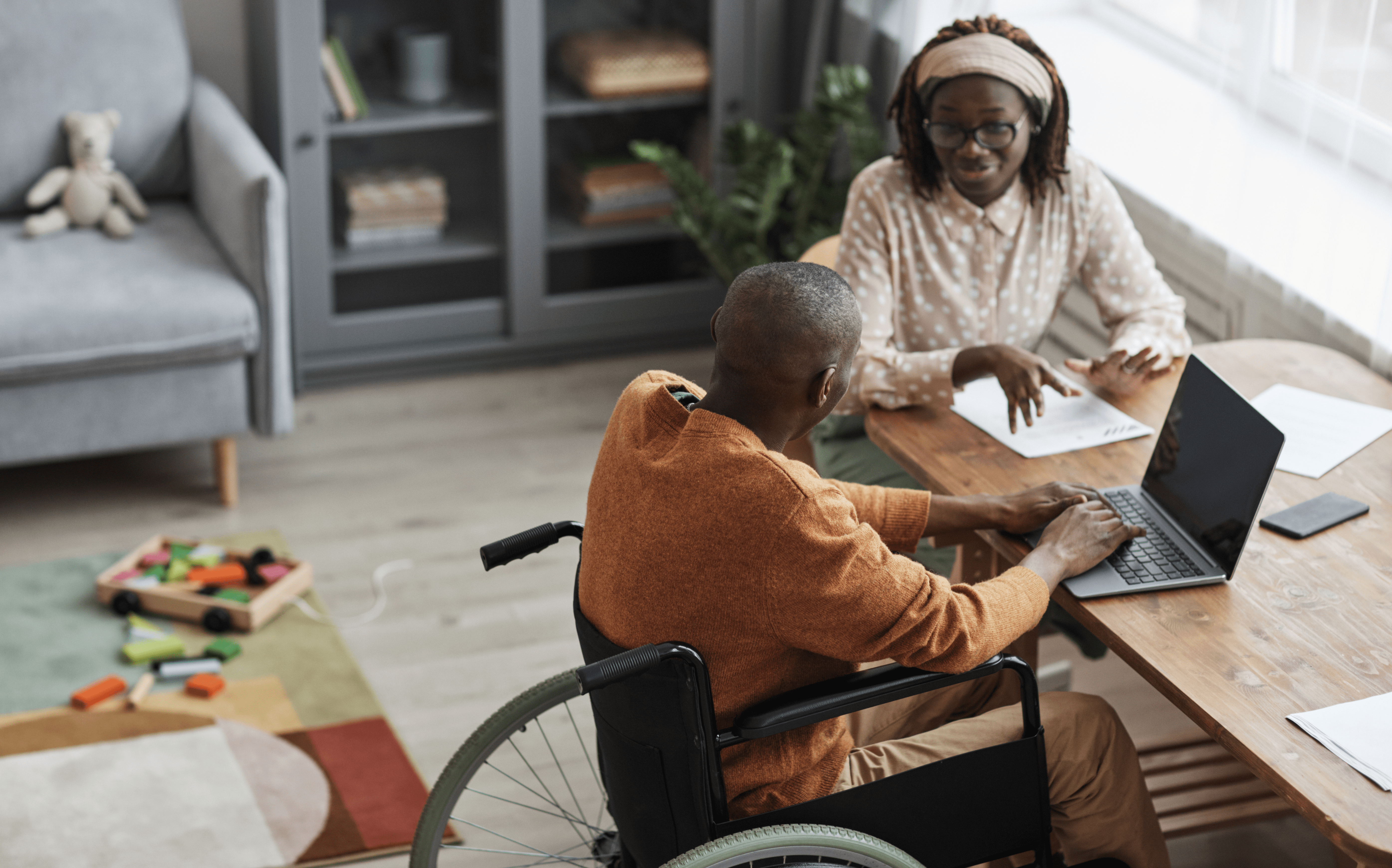
We seek solace, security, and a sense of belonging in our homes. In a time characterized by rapid technological advancement and a growing emphasis on inclusivity, future-proofing your home for enhanced accessibility is no longer a luxury, but a necessity. Accessibility encompasses not only the requirements of those with physical disabilities, but also those of the elderly and families with young children. Adopting forward-thinking solutions, such as smart home technology and sustainable design, enables your home to effortlessly adapt to changing circumstances, ensuring that it remains welcoming and functional for all occupants, regardless of age or ability.
How to Future Proof Your Home to Improve Accessibility
Future-proofing your home for improved accessibility is a thoughtful investment in the comfort and functionality of your living space, ensuring it remains inclusive and adaptable for years to come. Here are ways to achieve this:
Universal Design Principles
Universal design is one of the best ways to future-proof your home for accessibility. Universal design creates areas that all ages and abilities may utilize without adaptation. Start by enlarging entrances for wheelchairs and strollers, installing lever-style door handles for easy grabbing, and making the home step-free. Choose adjustable or varied-height counters in bathrooms and kitchens for sitting or standing users. Universal design principles stress a smooth and user-friendly environment, making your house easy to explore and enjoy.
Smart Home Technology
Embracing smart home technology is a game-changer when it comes to future-proofing your home. These systems can be customized to enhance accessibility in various ways. Voice-activated assistants like Amazon Alexa or Google Home can control lights, thermostats, and appliances, allowing those with mobility issues to manage their environment effortlessly. Smart locks can be operated remotely, aiding those who may have difficulty turning traditional keys. Additionally, sensors and cameras can provide security and peace of mind, especially for elderly residents or those living alone. Investing in these technologies ensures that your home remains accessible and convenient for all occupants, regardless of their physical abilities.
Zero-Step Entry and Ramps
A zero-step entry is a fundamental feature of an accessible home. It eliminates the need to navigate stairs or steps, making it easy for individuals with mobility challenges, parents with strollers, and even delivery personnel. If your home has multiple entrances, consider installing ramps to ensure easy access for wheelchairs and walkers. Ramps should be designed with gentle slopes and handrails for safety and convenience. When planning your zero-step entry or ramps, consult with an accessibility expert to ensure compliance with local building codes and regulations.
Adaptive Bathroom Features
Bathrooms are high-traffic areas that can present challenges for individuals with mobility issues. To future-proof your home, consider installing adaptive bathroom features. These may include grab bars strategically placed near the toilet and in the shower or bathtub area to provide stability and support. Non-slip flooring is essential to prevent accidents. A curbless shower with a built-in bench and handheld showerhead allows for seated or standing use. Installing a raised toilet seat with armrests can make toileting more accessible. These adaptations enhance the bathroom’s functionality for everyone while catering to specific needs.
Walk-In Bath
Installing a walk in bath is a brilliant step towards improving accessibility and safety in your bathroom. These specially designed baths feature a low step-in threshold, often just a few inches high, allowing easy entry and exit, especially for individuals with mobility challenges. Walk-in baths typically come equipped with built-in handrails and non-slip flooring, further reducing the risk of slips and falls. Some models even offer hydrotherapy and therapeutic features, which can be particularly beneficial for individuals with physical ailments or elderly family members. By incorporating a walk-in bath into your bathroom design, you not only ensure accessibility but also create a spa-like experience that can be enjoyed by everyone in the household.
Conclusion
Future-proofing your house for accessibility is a proactive way to make sure it’s accessible to all ages and abilities. Universal design principles, smart home technology, zero-step entries, adaptive bathroom features, wider hallways, and open floor plans can make your home an inclusive and adaptable haven that will serve you for years to come. These upgrades improve current tenants’ quality of life and increase your property’s market value, making them a wise and compassionate choice for homeowners.